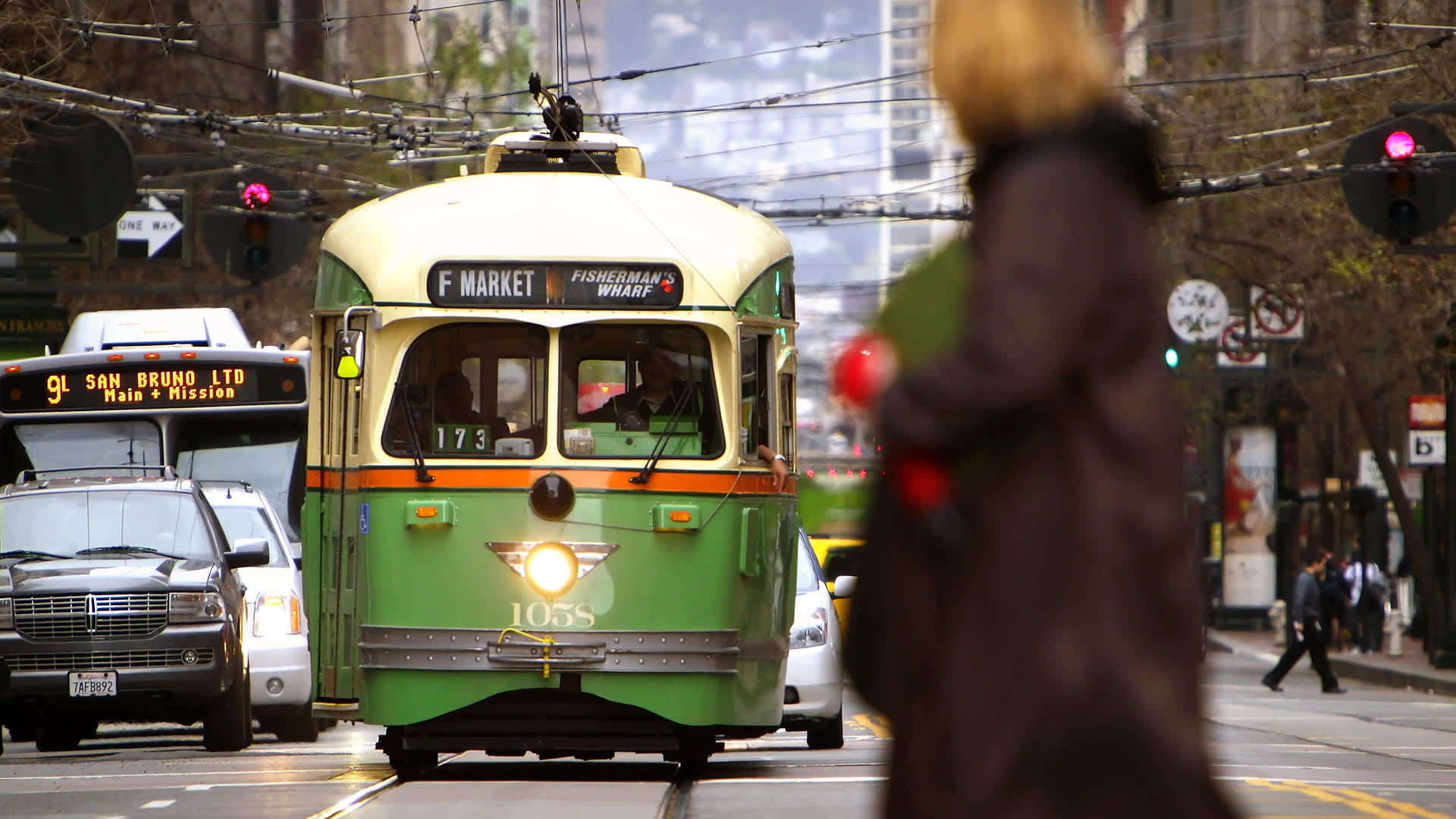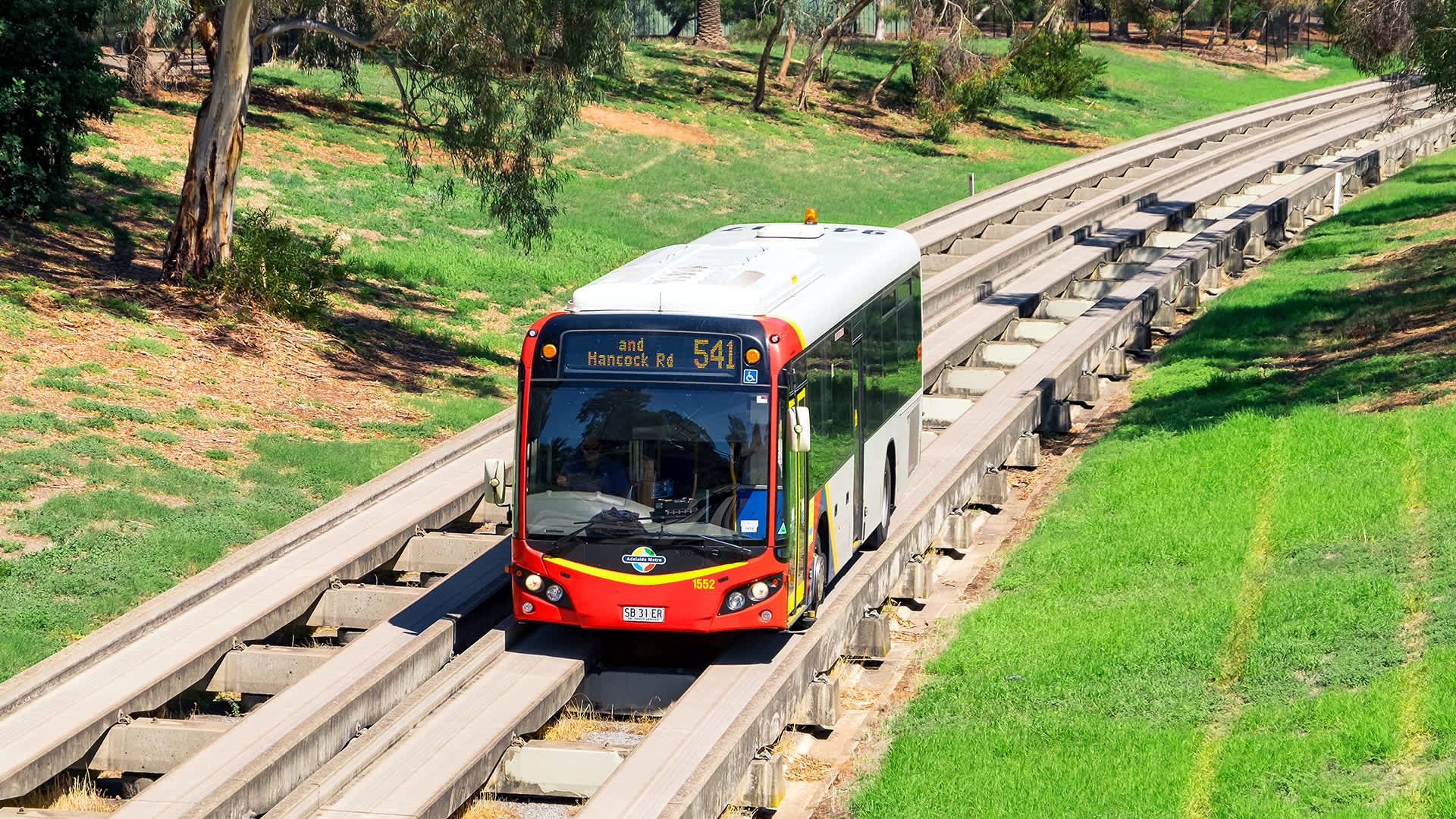
No matter where you are in the world, the words “public transit” likely conjure up a similar set of images in your mind: subways, buses, light-rail, maybe a monorail or something along those lines (heh).
But not all urban transportation is the same. Some cities, due to uniquely challenging geography, unconventional layouts, history, and more have incredibly cool and unusual methods for getting people from A to B.
Here are some favorites:
San Francisco, California — Cable Cars
San Francisco’s trolley system is the alpha and omega of quirky transport. The network extends just 4.7 miles and comprises only three lines, but it has an outsize impact on not just the city but also the world of urban mobility. The municipal cable car was invented here back in 1873 by Andrew Smith Hallidie. The English engineer and bridge designer saw “horses falling and being dragged down the hill on their sides” as they tried to haul the carriages up San Francisco’s famously steep hills. Nearly 150 years later, his work endures as the last mechanical cable car system in service in the world, carrying an estimated 7.5 million passengers annually.
Why has the cable car lasted so long, even in a city synonymous with new technology? Thank Friedel Klussmann, a San Francisco resident and citizen activist who in 1947 fought an effort to replace them with more-affordable-to-operate buses. Klussman successfully organized local groups and gathered enough support to pass a new law, Proposition 10, requiring the city to maintain and operate the cars indefinitely.

Medellín, Colombia — Gondola
Urban gondola systems exist all over the world. A tramway connects Manhattan with Roosevelt Island; visitors to Hong Kong can take the Ngong Ping 360 to visit famous temples. But the Metrocable in Medellín, Colombia, is arguably the most significant. It’s the first network of gondolas to be integrated into a larger public transit system, allowing passengers to transfer easily from a bus or subway.
Medellín’s urban center sits in a valley among the Andes mountains. Over the middle- and late-20th century, as the population expanded, residents built impromptu neighborhoods at higher and higher elevations, without the explicit approval of officials and urban planners. These communities sit on steep terrain, where transit by car and bus is difficult, dangerous, and slow.
And so, in 2004, the city opened the Metrocable, a passenger gondola system. It carries up to eight people per car across three lines, at speeds of ten miles per hour. Not only does the Metrocable serve as an important means of carrying commuters between home and work, but its scenic views of the city are a draw for tourists as well.

Wuppertal, Germany — Schwebebahn Suspension Monorail
Back in 1887, the historic industrial town of Wuppertal, Germany, needed a means of quickly moving textile workers from villages scattered around the Wupper River Valley into the city’s center. But the flood-prone central river, hills, forests, and groundwater made a subway or traditional over-ground train complicated if not impossible. Instead, officials pursued an idea proposed by engineer Eugen Langen: Dangle passenger cars off an elevated track, supported by a steel frame and 468 angled pillars.
Why hang the cars off the track? Turns out, the hardware required to suspend them allowed the cars to make sharper turns without derailing, helpful when following the bends of the river, according to operations manager Thomas Kaulfuss.
The monorail may not be ferrying weavers in from the hinterlands anymore, but it does still carry local commuters — as well as visitors. Altogether, the Schwebebahn carries 80,000 riders per day (about 20 percent of the city’s population) along its eight-mile route.

Adelaide, Australia — O-Bahn Guided Busway
Adelaide’s O-Bahn, a hybrid bus/train system, opened in 1986 as part of an effort to connect its growing suburbs to its downtown. Inspired by a similar system in Essen, Germany, its modified buses use small guide wheels to keep them centered on a series of sunken tracks, allowing them to travel up to 62 miles per hour. And because the O-Bahn buses are the only vehicles allowed on the track, riders don’t have to worry about getting stuck in traffic (mostly).
The buses’ wheels allow them to also drive on city streets, allowing them to pick up riders at conventional bus stops as well. While Essen’s wooden tracks eventually fell into disrepair, Adelaide’s O-Bahn is still going strong and continues to provide an odd but effective means of transport for the city’s 1.3 million residents — the little bus/train that could.

The content provided in this article is for informational purposes only. Unless otherwise stated, Lyft is not affiliated with any businesses or organizations mentioned in the article.